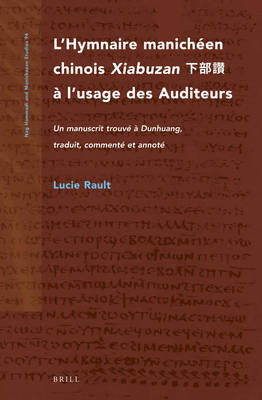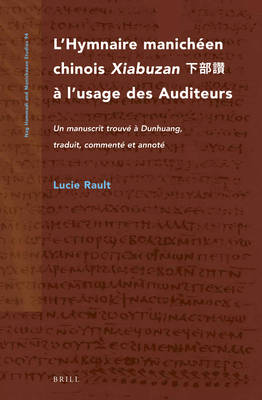
- Afhalen na 1 uur in een winkel met voorraad
- Gratis thuislevering in België vanaf € 30
- Ruim aanbod met 7 miljoen producten
- Afhalen na 1 uur in een winkel met voorraad
- Gratis thuislevering in België vanaf € 30
- Ruim aanbod met 7 miljoen producten
Zoeken
Omschrijving
Par la traduction de cet Hymnaire manichéen chinois, Lucie Rault offre une vision nouvelle de la Religion de Lumière, porteuse du message du prophète iranien Mani (3ème s.), telle qu'elle était pratiquée au quotidien par les Auditeurs chinois.Through the translation of this Hymnaire manichéen chinois Lucie Rault offers a new view on the Religion of Light, which bore the message of the Iranian prophet Mani (3rd c), as it was practiced daily by the Chinese Auditors.
Specificaties
Betrokkenen
- Auteur(s):
- Uitgeverij:
Inhoud
- Aantal bladzijden:
- 500
- Taal:
- Engels
- Reeks:
- Reeksnummer:
- nr. 94
Eigenschappen
- Productcode (EAN):
- 9789004368613
- Verschijningsdatum:
- 25/10/2018
- Uitvoering:
- Hardcover
- Formaat:
- Genaaid
- Afmetingen:
- 157 mm x 239 mm
- Gewicht:
- 798 g

Alleen bij Standaard Boekhandel
+ 516 punten op je klantenkaart van Standaard Boekhandel
Beoordelingen
We publiceren alleen reviews die voldoen aan de voorwaarden voor reviews. Bekijk onze voorwaarden voor reviews.








